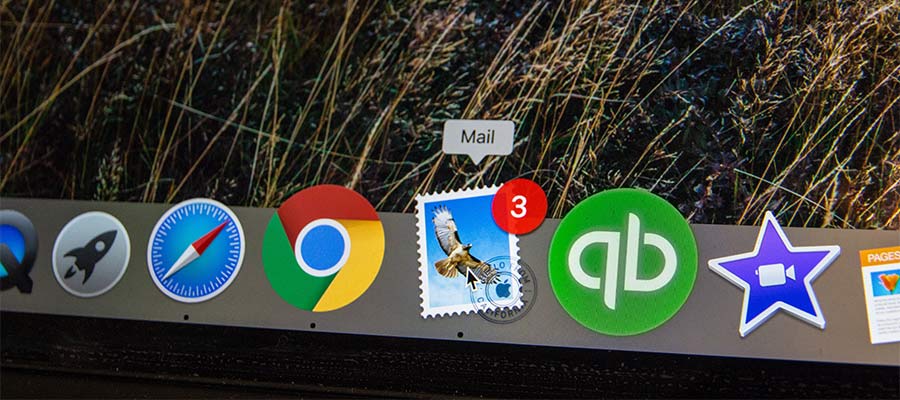Web designers get asked all sorts of questions. We’re queried for advice on aesthetics, marketing, technology, and more. Being an endless fountain of knowledge is just part of the job.
Our answers come from experience (or a quick search). Yet, there is one question that seems impossible to answer. It has confounded even veteran designers: “How long will it take to build my website?”
It’s a perfectly reasonable question. One that should be simple to answer. But it’s also loaded with uncertainty.
The design and build processes are unpredictable. As such, you might hesitate to provide an estimate. Unfortunately, this clashes with a client’s need to know specifics.
Today, we’ll look at the factors that impact your project’s launch date. We’ll also provide some tips for giving accurate time estimates. Let’s get to work!
The Size and Scope of the Website
The larger the project, the more time it will take to complete. This will always be a key factor.
Both the size and scope of a website can impact its timeline. For example, building a content-heavy website could require a lot of work. And it also affects redesign projects.
The same goes for functionality. Readymade software like shopping carts are more efficient than ever. But they often need at least some level of customization.
Building features from scratch is also challenging. The trial-and-error process can be difficult to predict. There are always bumps in the road when writing code.
And we can’t forget about human resources. Large projects can be a slow go for solo freelancers, especially if you are juggling multiple duties.
Availability of Content and Project Assets
Launching a website is a two-way street. We can’t accomplish much without client participation.
The delivery of content and other project assets is often an obstacle. Waiting for these items to arrive can be the longest part of the process. The situation can grind progress to a halt.
There are several potential reasons for a delay. Sometimes it’s because a client is overwhelmed. That leads them to disappear. And just when it’s time to put the project to bed.
There could also be a lack of clear direction. Design politics can lead to a vicious cycle where ideas are debated and tossed aside.

The Synergy Between Client and Designer
There’s something to be said about the relationship between clients and designers. A bad one will lead to endless revisions and misunderstandings. A good one can keep a project on the fast track to completion.
Developing a solid rapport is important. Effectively communicating needs and ideas is a key to getting things done.
For example, setting clear expectations makes the job that much easier. Clients are more likely to deliver when they understand your needs. It’s also great to know what clients expect from us as well.
Being on the same page (or not) greatly impacts the project timeline. The more synergy you have, the greater the odds of an efficient process. It’s something to keep in mind.

Your Other Commitments
None of us lives in a project bubble. Thus, it’s likely you have multiple websites to focus on. This can be a challenge when it comes to providing an accurate project timeline.
It’s not just a matter of having additional work to do. The other items we mentioned are relevant to all projects. Therefore, you might face a lot of uncertainty.
One typical scenario: you’re waiting for several clients to send you project assets. What if they arrive simultaneously? You’ll be left scrambling to make progress on multiple fronts.
You’re either waiting for work or swamped with it. Sound familiar? Welcome to the rollercoaster that is freelancing!

Providing a More Accurate Project Timeline
It’s no wonder that this simple question seems impossible to answer. Even so, a fairly accurate answer is still a requirement.
Establishing a line of communication can help. It starts by learning about a client’s needs and wants. Try to uncover as much as possible early in the process. Spell it all out in your proposal.
Clients must also be aware of your needs and wants. For instance, they need to know their role in supplying project assets such as content. A delay in getting you those items can mean missing a targeted launch date.
There can still be unexpected roadblocks. That will usually be the case. But there’s a chance to minimize them through early communication.
The next time you’re asked that oh-so-important question, bring up the factors mentioned above. Together, you’ll be able to come up with a solid answer.
The Impossible Question: How Long Does It Take to Build a Website? Medianic.















